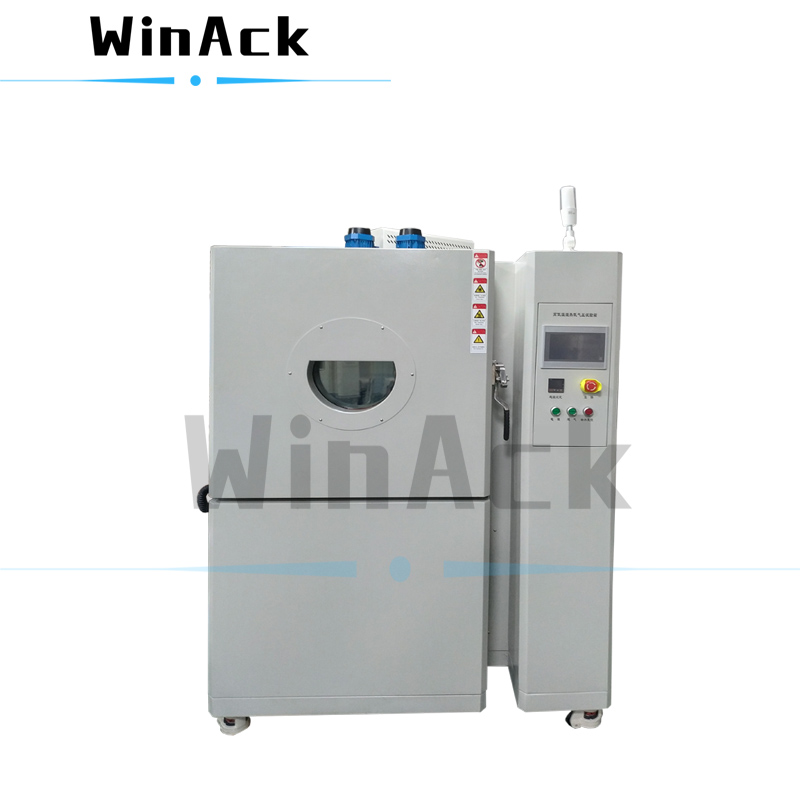Lithium-ion batteries are used in many scenarios, and there is no shortage of complex, changing and harsh environments. For example, some batteries need to operate over an extremely wide temperature range, some need to operate under sustained vibration, some need to operate under high-rate charge/discharge conditions, etc.
However, Li-ion battery is a hermetically sealed body containing both oxidizing agent (cathode material) and reducing agent (cathode material and electrolyte), and there is potential electrochemical instability, and the potential risk of thermal runaway is not negligible.
Therefore, lithium-ion battery safety testing is extremely important and necessary for battery manufacturers to evaluate and improve the safety performance of their batteries.

Lithium-ion battery safety testing mainly includes mechanical safety, electrical safety and environmental safety three major items, the specific breakdown is shown in the table below.
|
NO. |
Types |
Items |
Related Standards |
|
1 |
Electrical Safety Test |
Overcharge Test |
|
|
2 |
Over-discharge Test |
||
|
3 |
Forced Discharge Test |
||
|
4 |
External Short Circuit Test |
||
|
5 |
Environmental Safety Test |
||
|
6 |
Thermal Test |
||
|
7 |
|||
|
8 |
Over-temperature Protection Test |
||
|
9 |
Mechanical safety Test |
Vibration Test |
|
|
10 |
Shock Test |
||
|
11 |
Impact / Crush Test |
||
|
12 |
Free Fall Test |
||
|
13 |
Mechanical Test |
WinAck Group can provide complete lithium-ion battery safety testing solutions. Come by, contact us for a solution that can help you succeed. For better batteries, Win & Ack!